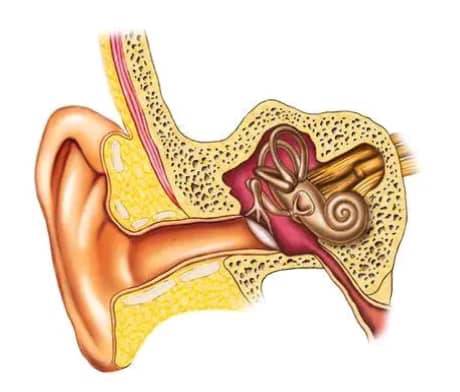Large organisms need support to keep their body mass asa a unit. It is needed. This is a much bigger reality for living beings living on earth. We know that motion and displacement ie Locomotion is characteristic of animals. "Movement" is a general term meaning the whole Do not change the place or position of the body or its parts. Movements are of two types: movements of body parts and displacement Locomotion refers to the overall movement of an animal from one place to another.
In this article, we will look at the human skeletal system (skeleton). will read about which is primarily responsible for support and movement.
Human Skeleton
 |
| the skeletal system of human |
The role of the Skeleton system
The major functions of the skeletal system are protection, support, and movement. Within the body, the skeleton works together with the musculoskeletal system and helps with movement. Thus, the skeleton also protects several internal organs. For example, the skull protects the brain, the vertebral column protects the spinal cord, and the vertebrae protect most of our other internal organs. The vertebral column also provides the greatest support to our body
Bone and Cartilage
As a whole, the human skeleton consists of a framework of bones, but in some places, there is also a skeleton along with this framework.
Cartilage
The cottage is a thick, bluish-white, transparent solid (connective) developed (but less strong than Budi). Karin cells are called chondrocytes. Every. The fluid within the matrix of the Cartilage A space filled with fluid is within the lacuna. Collagen fibers within the collagen matrix. There are also Blood whistlers that do not enter the seed. Cartilage. There are three types.
 |
| cottage |
Elastic cartilage: It is similar in structure to the cartilage of the bone. It is also very strong but has more elasticity due to the presence of collagen fibers as well as elastic fibers. This Cartilage page is found in epiglottis and pinna etc.
Fibrous Cartilage This cartilage is very hard and less flexible It happens because there are very thick pigeon fibers inside it. This Cartilage is found in the intervertebral discs Cartilage seeds and bones are types of animal hybrids. Most connective tissues have a matrix that contains collegian fibers
Bone
Like cartilage, the matrix of the mussel also contains collagen. But it also contains minerals, minerals, calcium, and phosphate. We know that the same type of cells is found in the car market. On the other hand, different types of cells are present inside the bone. The mature cells of Hindi are called osteocytes
Andreas Vesalius (Andreas Vesalius): 1514-1564 Vesalius is praised reference for the preparation of modern anatomical studies. He was born in Brussels and he made many discoveries in Annecy, the basis of which were the die-sections of dead human bodies. His book contained the most accurate pictures of all the cells and muscles of man.
When babies are born, they have about 300 soft bones There are A few bones in them that would later join together Thus an adult has 206 hard bones.
Do you know?
Types of Joints
A joint refers to a place where two or more parts meet. This is by permission of this and Michael makes whole ghee important. Based on the degree of wisdom in the joint, they are divided into each of these types
 |
| joints of all types |
Non-movable (flexible joints) Such joints do not allow movement of the skull.
Joints with little movement
Movable Joints

.jpg)

.jpg)


